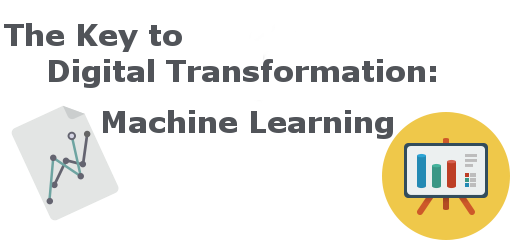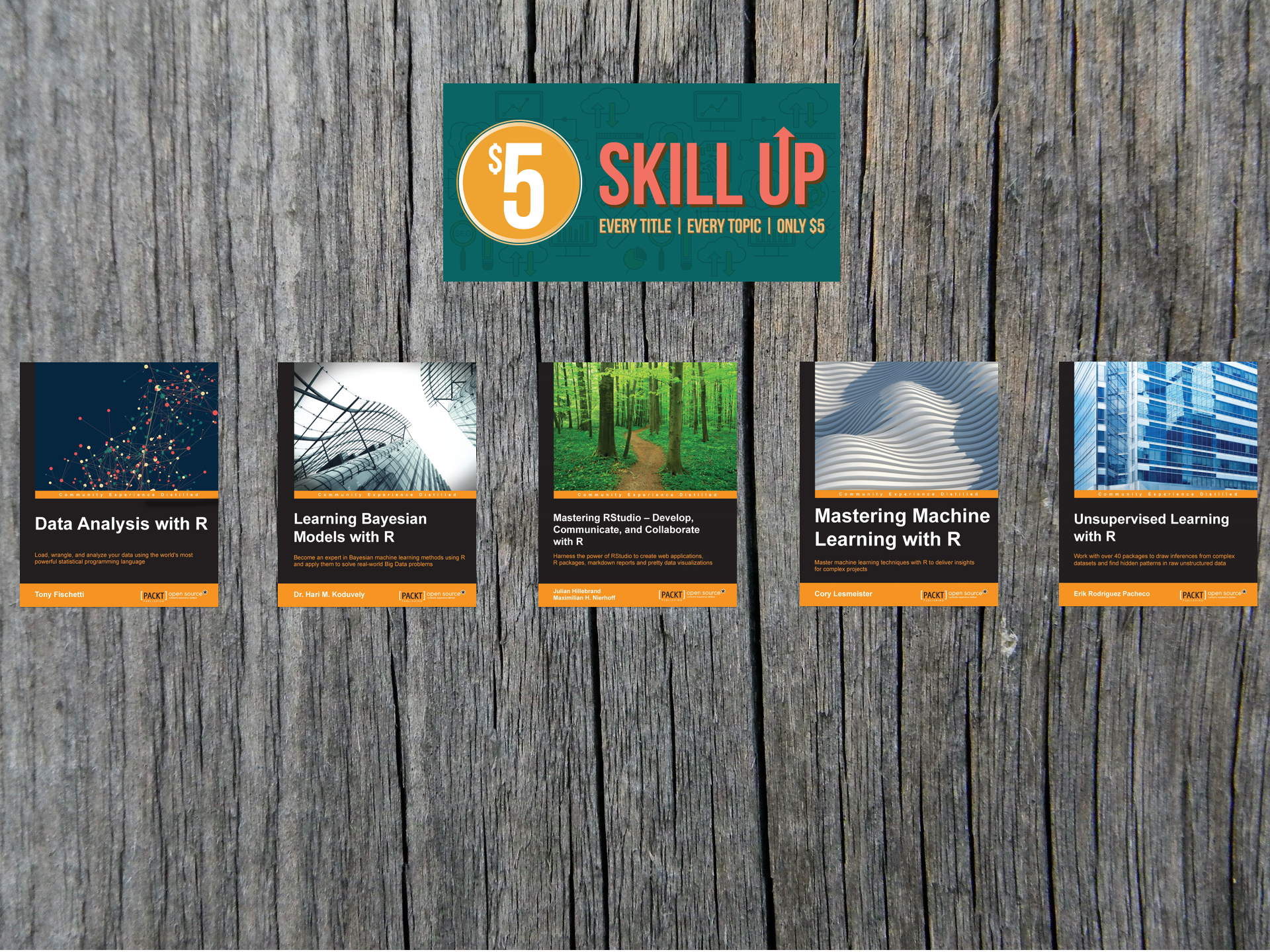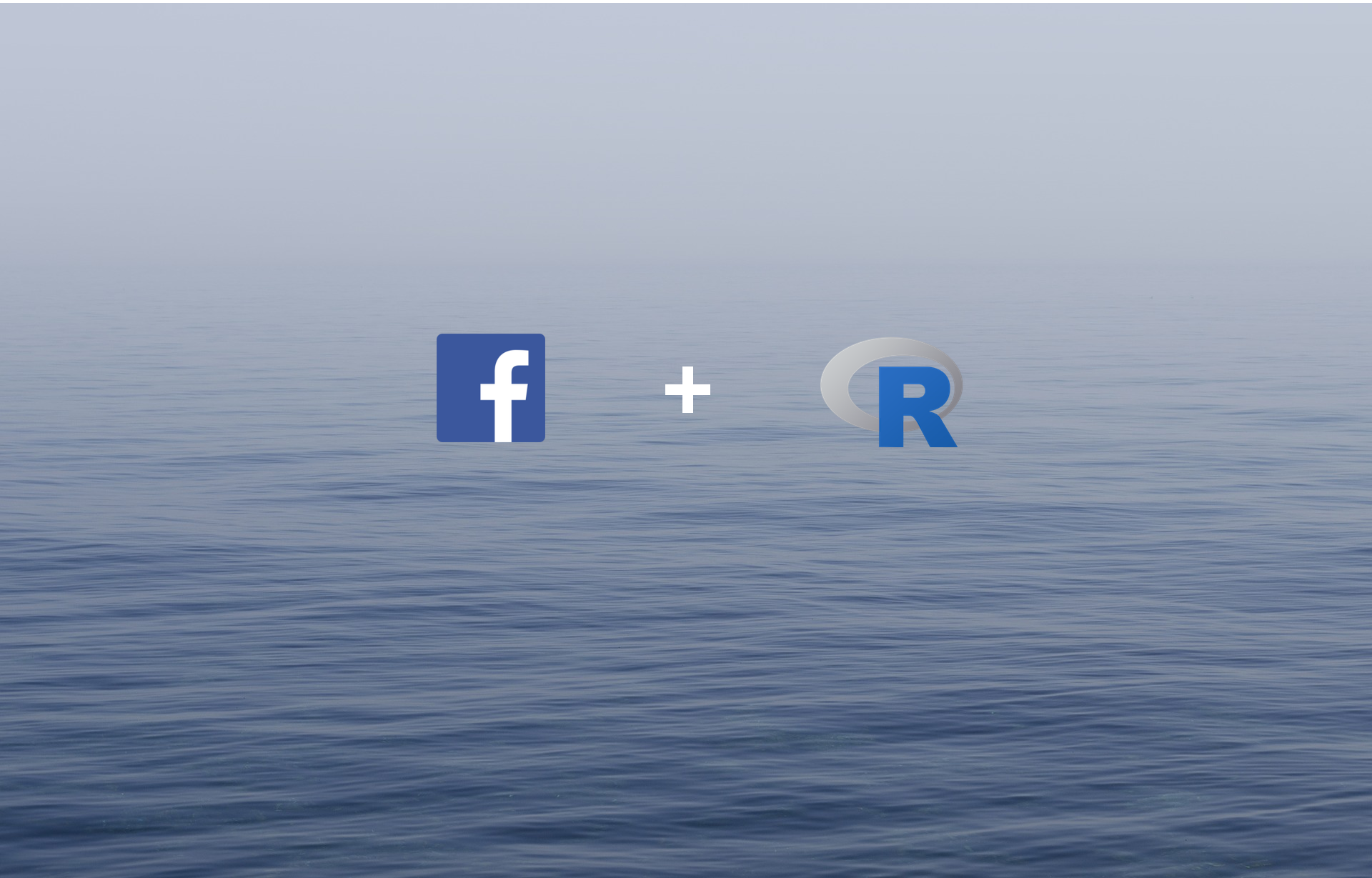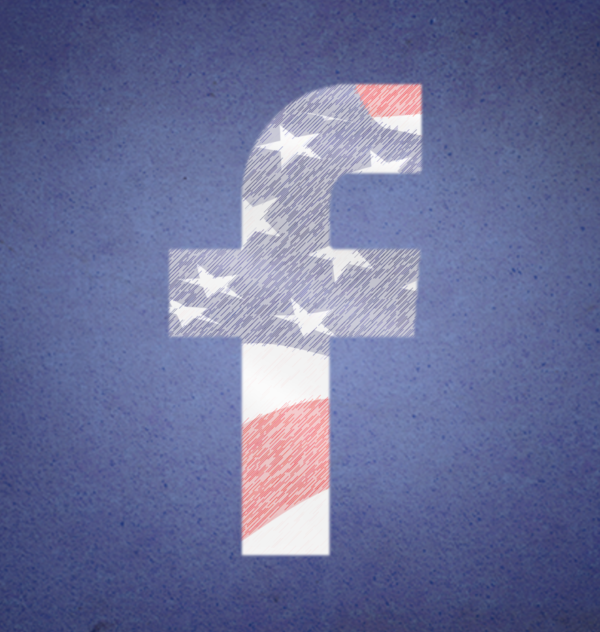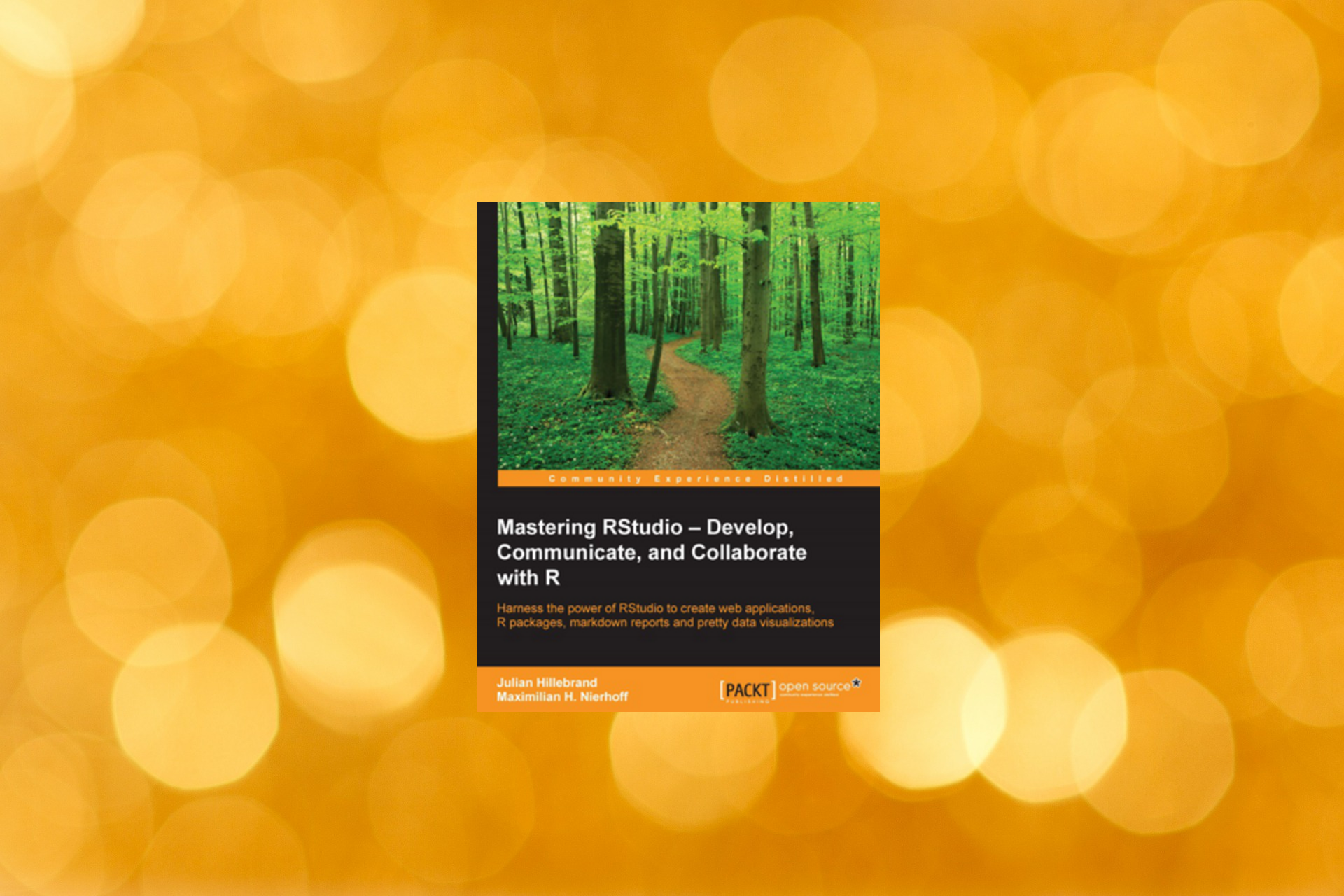What is Digital Transformation?
Digital Transformation is a term misunderstood by a lot of people. In the process of digital transformation a lot of people just focus on the company itself. But digital transformation starts with the customer.
The whole economy is changing into a digital economy, which changes a lot of circumstances for all markets and industries.
This change is mainly caused by digital disruptions. A change that occurs when new digital technologies and business models affect the value proposition of existing goods and services.
This simply means your good old methods to sell a product don´t work anymore. A good example is the music format MP3. MP3 hit the music market like a bomb when it was released in the late 1990s. The technology enabled the direct download of music and people suddenly did not have to got to the music store anymore to buy a CD. New music was just a few clicks away.
The Digital Transformation consists of 2 large phenomena according to Philip Evans, Senior Partner with the Boston Consulting Group. The first is deconstruction of value chains: “the break-up of vertically-integrated businesses, as standard and interoperability replace managed interfaces.” Technology lowers transactions costs and enables “that both parties to a transaction have access to far more information about each other, and about alternatives”. The second is polarisation of the economies of mass: That means “in some activities, economies of scale and experience are evaporating, while in other they are intensifying.”
If you want to know more about these two things I can recommend you to read the article of Evans here.
But for now we can conclude that these changes do not make the traditional corporation obsolete, “but it does often mean that corporations need to redefine their role and reshape their business definitions”. Digital transformation causes a huge empowerment of the customer.
Customer Empowerment
The history of the music business shows this trend very well. With MP3 people could decide when they want to buy their music. They did not have to pay attention to the opening hours of stores. They could buy music around the clock. But MP3 was just the first step of changing customer behaviours. It was followed by services like Napster which provided a single and easy access to the whole world of digital music. Followed by iTunes which added the component of portability. People could now carry their music around and listen to it wherever they want. Then in 2008 Spotify was placed on the market. After portability Spotify added a quantitative dimension by adding streaming. People could now listen to as many different songs as they like for a monthly fee.
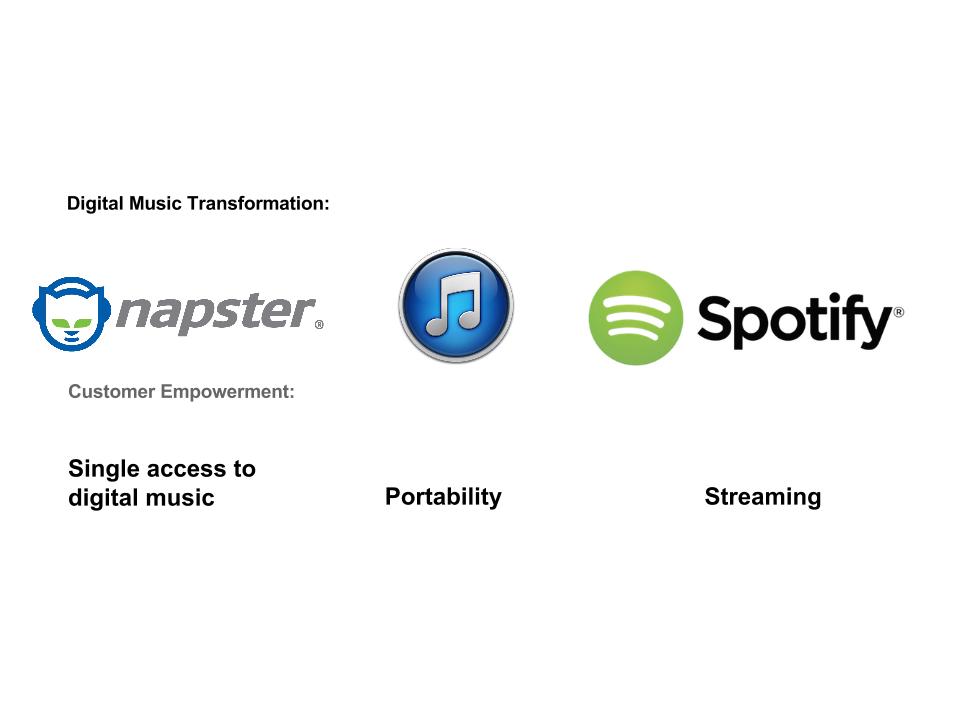
But the availability and the access to such a huge amount of music made it very hard to keep the overview. So what will follow Spotify will be the age of curated streaming services. This demonstrates a general problem in the process of the digital transformation at the moment. Companies start to realise that they have to realign their investments in technologies and adapt their business models to the changing conditions and they also realise that the customers produce more and more data. But what is missing is the link between these two components. Companies have to find a way to get insights from data in real-time and create actions from this data.
Key to Digital Transformation: Machine Learning
To stay in the music industry: Spotify got aware of this problem. To listen to every track on Spotify it would take you three lifetimes. So Spotify is always trying to find ways to recommend their users a good selection of songs they can listen to. So they created the playlist feature which focuses on a crowd-sourcing approach. But this is often not fast enough and sometimes not very reliable.
So in recent times they concentrated on machine learning approaches to create algorithms which can automate the grouping of songs and recommend the user the best set of songs.
But not just Spotify understood the potential and the need to analyse the massive amounts of fast and unstructured user-data with algorithms as it is not possible anymore to analyse the data manually and create time-consuming reports before making a decision. The importance of understanding this new customer data was also shown in a recent report from Accenture. The top reason for transformation was seen in changing customer relationships by the most business leaders. So technology is not just a part of the IT department anymore. It is part of the whole company.
Machine Learning algorithms can already learn on their own what variables to use from a dataset to get the best result. But in the next years they will be able to get more an more autonomous. A recent video from DeepMind, a machine learning startup acquired by Google, showed how their developed algorithm learns to play old Atari games over time without ever been told what this game is about. And after a while the computer gets better in a lot of games than a human player.
Companies have to understand that they have to change core elements of their business to keep pace with new technologies. They have to be able to recognise trends and implement new tools before the customer gets aware of them. This needs a high degree of data analytics and monitoring market conditions and customer behaviour. And it needs a high degree of talents as an early implementation of new technologies is very complex and difficult and new technologies often don´t have a good usability for the company while the customers already realised their values.
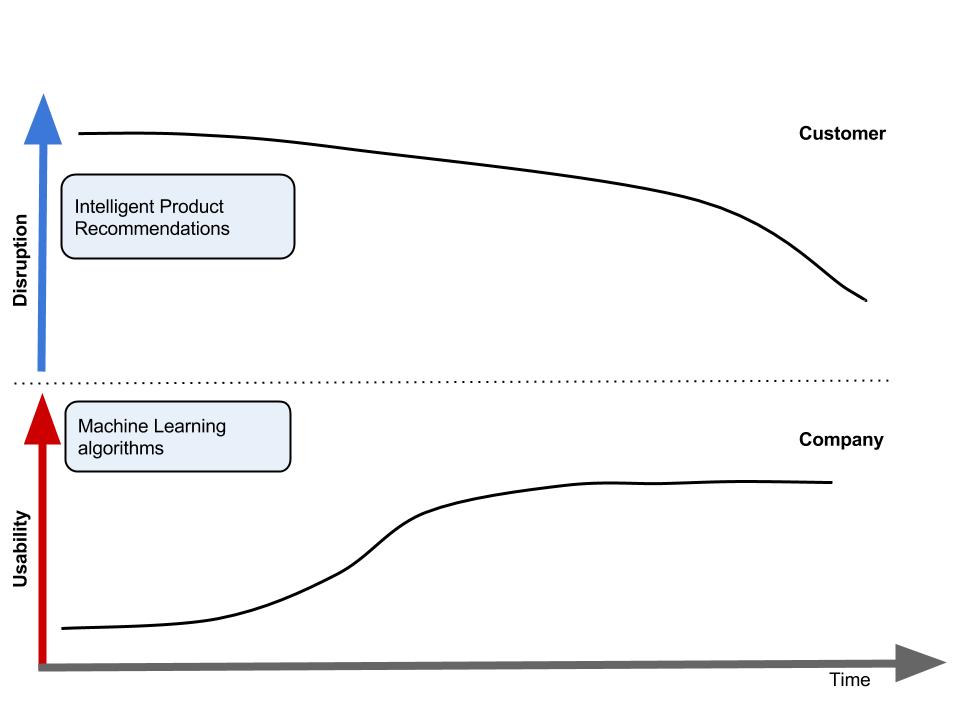
Technology: The Enabler
So companies have to rethink their technology investments and their digital vision. They have to be able to analyse massive amounts of customer data and implement machine learning models to get insights and action recommendations in real-time.
But the most important thing: They shouldn´t forget why they are doing this: for the customer. Technology is just an enabler and their vision has to be to offer the best customer experience possible and to react to customer needs and wishes before the customer even realises them.
Sources:
http://searchcio.techtarget.com/definition/digital-disruption
https://www.bbvaopenmind.com/en/article/from-deconstruction-to-big-data-how-technology-is-reshaping-the-corporation/
Digital Ascendency: The Future Music Forum Keynote
http://benanne.github.io/2014/08/05/spotify-cnns.html
http://www.accenture.com/SiteCollectionDocuments/PDF/Accenture-Big-Data-POV.PDF
http://www.wired.co.uk/news/archive/2015-02/25/google-deepmind-atari

